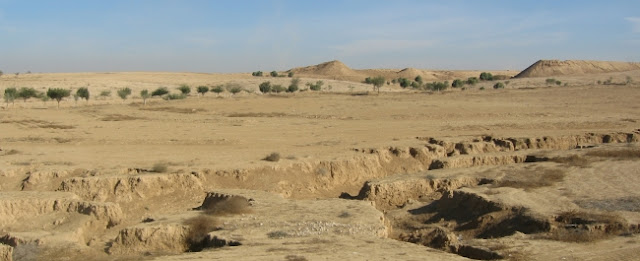Climate change presents great challenges for dryland regions, especially in communities where socioeconomic livelihoods are tied to the consistency of seasonal rainfall. In the dryland regions of East Africa, drought is a major threat to rainfed agriculture and to drinking water supplies, and regional climate is projected to increase drought frequency and severity.
Since 2000 alone East Africa has been struck by 10 droughts, which generated three severe famines affecting millions of people in the region. Although there is often consensus about the growing regional threat posed by drought, there is a major disconnect between the climate science (meteorological drought) and assessments of usable water resources (hydrological drought) that support livelihoods.
Affected communities need straightforward answers to a practical set of questions: How will regional climate change affect soil moisture required to grow crops or the water table in wells that provide precious drinking water in a parched landscape? How will the water stores change season by season and over coming decades? Furthermore, what adaptation strategies are available to address this challenge?
Through a series of funded projects, we have been working at better understanding how climate and climate change translates into useable water in the ground in East African dryland regions, and how people use and access relevant information to make livelihood decisions towards adaptation. We have developed an interdisciplinary team comprised of dryland hydrologists, climatologists, hydrometeorologists, computer scientists, pastoralist experts, and social scientists (both in the UK and Kenya, Somalia and Ethiopia) to develop a holistic perspective on both the physical and social aspects of drought. We are developing new regional modelling tools that convert past and future rainfall trends into soil moisture and groundwater. These models will underpin a new mobile phone app that aims to deliver forecasts of crop yields and soil moisture to remote agro-pastoralists. Simultaneously we are working with drought-affected communities in Kenya and Ethiopia to better understand barriers and opportunities for improving resilience to climate change, information use, and feasible adaptation strategies.
We hope that through these research endeavours we can contribute to improved climate adaptation efforts in these dryland regions and to long-term societal resilience to climate change.
Read more about Katerina's work.
----------------------------------
This blog is written by Dr Katerina Michaelides, Head of Dryland Research Group at the School of Geographical Sciences and Cabot Institute for the Environment, University of Bristol.
| Katerina Michaelides |

